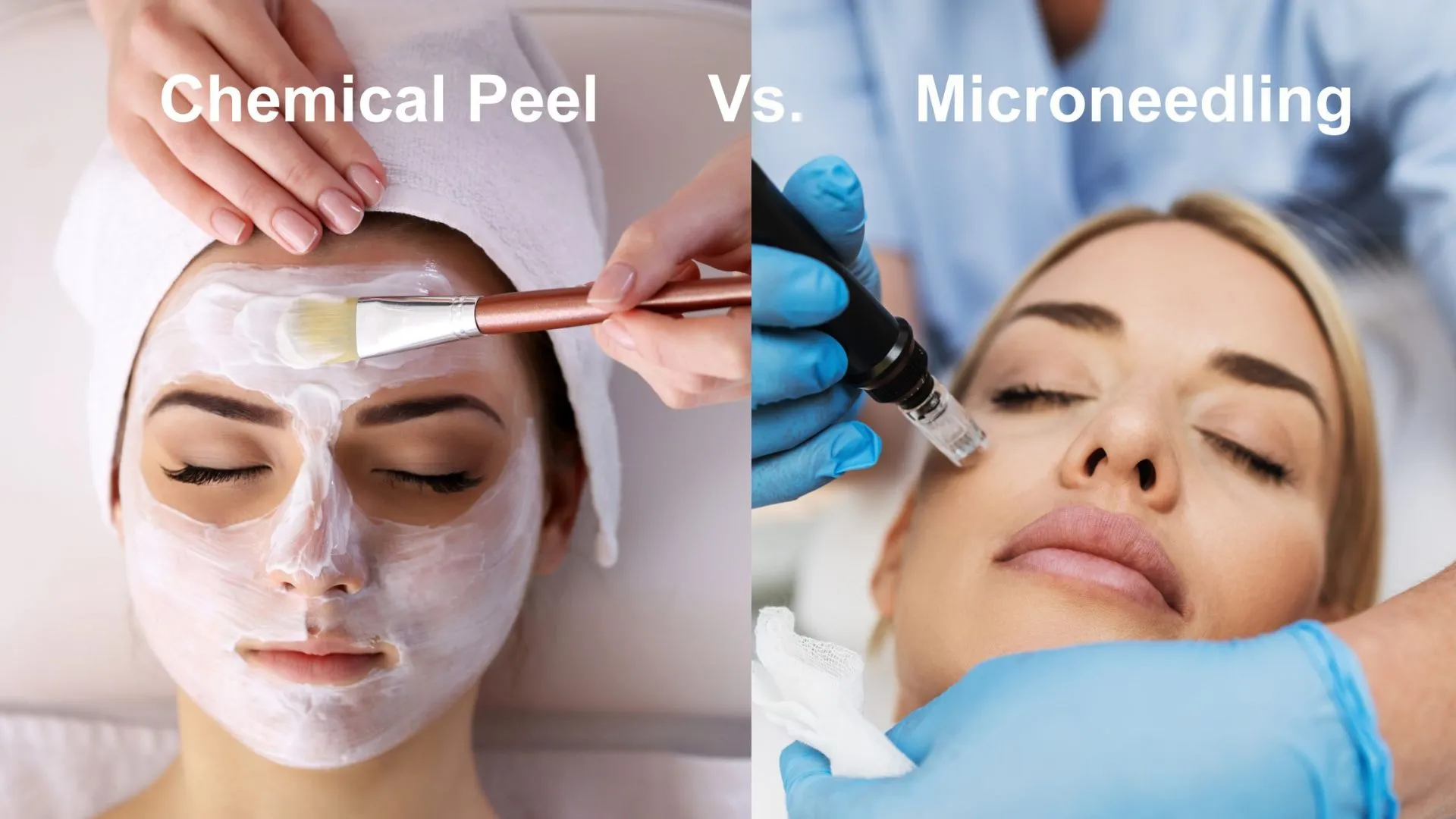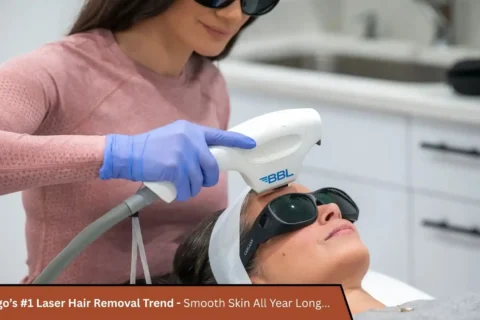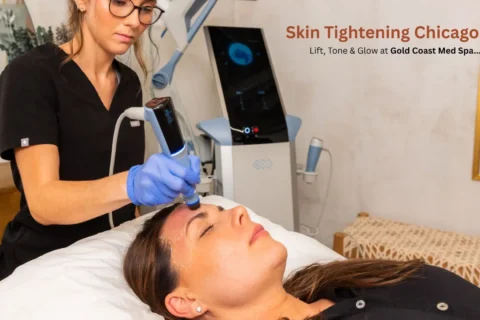Microneedling vs. Chemical Peels: Which is Best for your Skin Type?
Your Ultimate Guide to Choosing the Right Treatment for Radiant Skin
Discover which treatment — Microneedling or Chemical Peel — suits your skin type best. Get expert tips, pros, cons & more.
In the ever-evolving world of skincare, two non-invasive treatments have earned cult status for transforming dull, aging, or acne-prone skin: Microneedling and Chemical Peels. But how do you know which one is best suited for your unique skin type?
If you’ve been stuck scrolling TikTok transformations or wondering whether to go for that facial treatment your favorite influencer swears by, this guide will help you make a confident decision. Let’s break down everything—from how each treatment works to which skin concerns they address best.
🔬 What is Microneedling?
Microneedling, also known as collagen induction therapy, involves using a device with fine needles to create microscopic punctures in the skin. This process triggers your body’s natural healing response, encouraging collagen and elastin production.
Benefits of Microneedling:
- Boosts collagen for firmer, smoother skin
- Minimizes acne scars and stretch marks
- Improves skin texture and tone
- Reduces fine lines and large pores
- Safe for most skin tones
Microneedling is typically done in-office by dermatologists or aestheticians using devices like Dermapen or SkinPen.
💧 What is a Chemical Peel?
A chemical peel is a skin-resurfacing procedure where a solution of acids (like glycolic, lactic, or salicylic acid) is applied to exfoliate the skin and remove dead skin cells. The result? Brighter, fresher skin underneath.
Benefits of Chemical Peels:
- Fades pigmentation and sunspots
- Reduces acne and breakouts
- Improves skin texture and clarity
- Softens fine lines and wrinkles
- Gives a radiant glow
Chemical peels vary in intensity: light (superficial), medium, and deep. Your skin type and concern will determine which strength is right for you.
⚖️ Microneedling vs. Chemical Peels: Key Differences
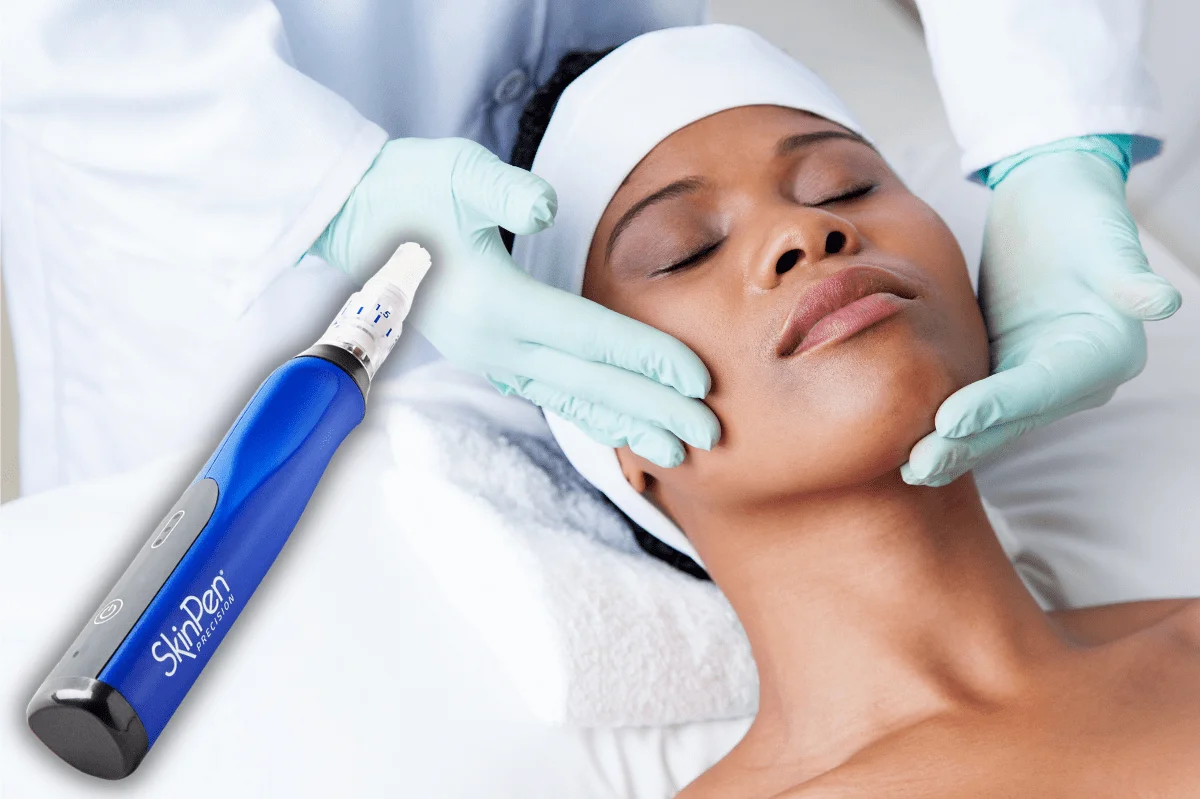
| Feature | Microneedling | Chemical Peel |
|---|---|---|
| Mechanism | Physical skin stimulation | Chemical exfoliation |
| Best For | Scars, wrinkles, texture | Pigmentation, acne, dullness |
| Pain Level | Mild (numbing cream used) | Mild to moderate (depends on peel strength) |
| Downtime | 1–3 days | 2–7 days (depends on depth) |
| Results Timeline | Gradual, over 4–6 sessions | Some immediate, some after a few peels |
🧴 Which is Better for Acne-Prone Skin?
Microneedling is excellent for treating acne scars, especially atrophic (indented) scars. However, active acne is a contraindication—you need to clear breakouts first.
Chemical peels, especially salicylic acid peels, are ideal for managing active acne by reducing oil production and unclogging pores.
👉 Best choice:
- For acne scars: Microneedling
- For active acne: Chemical peels
⏳ Which is Better for Anti-Aging?
Both treatments target fine lines and wrinkles, but they work differently.
- Microneedling boosts collagen and is ideal for deeper, structural aging issues.
- Chemical peels target surface-level signs of aging like dullness and uneven tone.
👉 Best choice:
- For deeper wrinkles: Microneedling
- For early signs and glow: Chemical peels
🌈 Microneedling vs. Peels for Hyperpigmentation
Chemical peels, particularly those with lactic acid or glycolic acid, are more effective for treating melasma, dark spots, and sun damage.
Microneedling can help too—especially when combined with topical serums like vitamin C or tranexamic acid during the session.
👉 Best choice:
- For surface pigmentation: Chemical peels
- For deeper or post-inflammatory pigmentation: Microneedling
🌿 What’s Safer for Sensitive Skin?
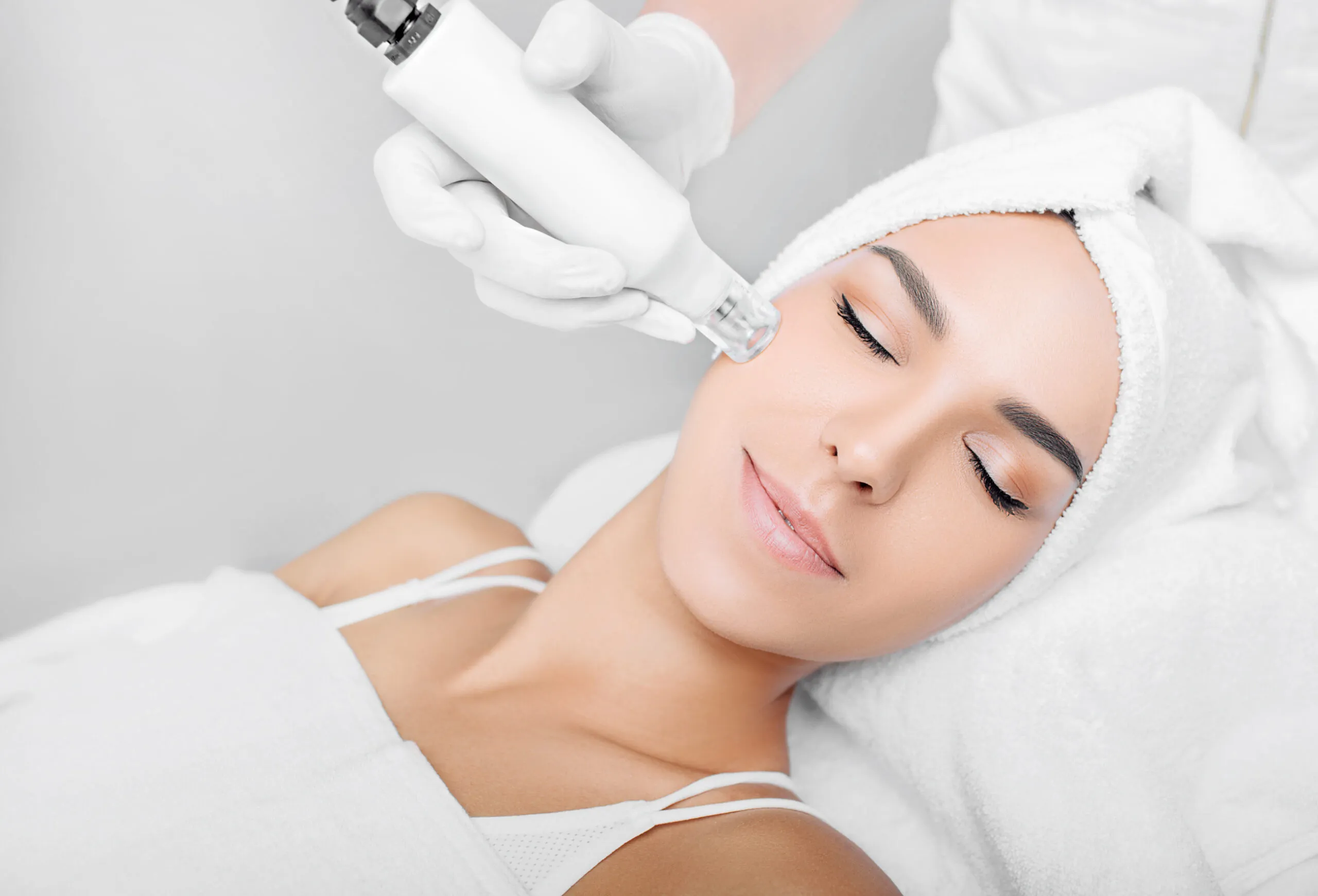
If you have sensitive or reactive skin, start with caution.
- Microneedling is generally safe but should be done by a professional to avoid triggering inflammation.
- Chemical peels, especially strong ones, can cause redness or stinging. Opt for lactic acid or mandelic acid peels, which are gentler.
👉 Best choice:
-
Microneedling with professional supervision, or gentle peels if your skin can tolerate acids
⏲️ Downtime and Aftercare: What to Expect
Microneedling Recovery:
- Redness like a mild sunburn (1–3 days)
- Peeling or dryness
- No makeup for 24–48 hours
- Use gentle cleanser, hyaluronic acid, SPF
Chemical Peel Recovery:
- Peeling/flaking (2–7 days depending on peel strength)
- Avoid exfoliating or harsh products
- Stay out of the sun
- Use soothing, fragrance-free moisturizers
📌 How to Choose the Right Treatment for Your Skin Type
| Skin Type | Recommended Treatment |
|---|---|
| Dry or Dehydrated | Light Chemical Peel or Microneedling with hydration serum |
| Oily/Acne-Prone | Salicylic Acid Peel |
| Sensitive | Gentle peel (Mandelic/Lactic) or professional Microneedling |
| Mature | Microneedling for collagen boost |
| Hyperpigmented | Glycolic Peel or Microneedling with brightening serums |
🧠 Expert Tips Before Booking Your Appointment
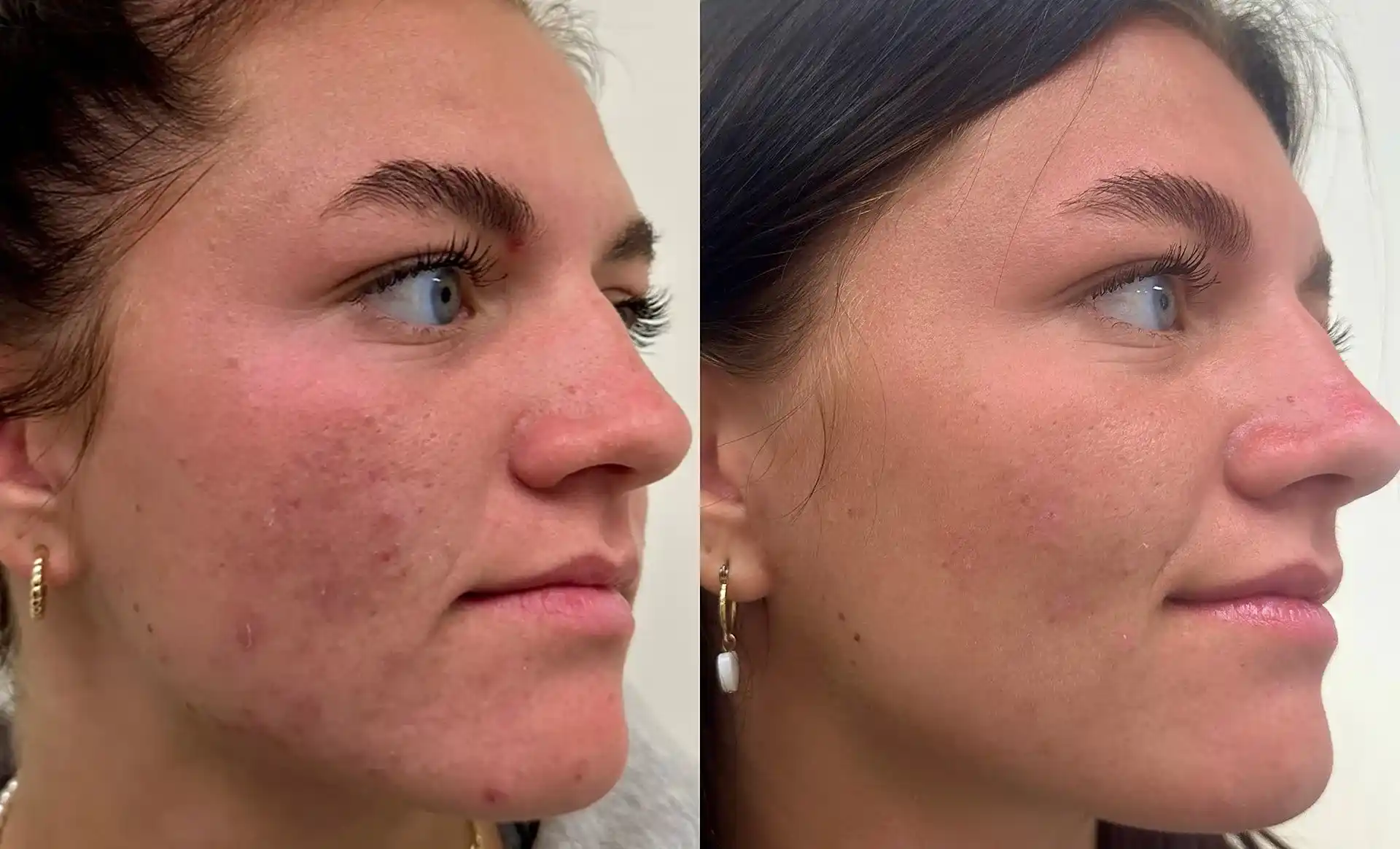
- Consult a dermatologist: Always do a patch test and seek professional advice.
- Check ingredients: If using retinol or AHAs, stop a few days before treatment.
- Avoid sun exposure: Pre- and post-treatment sun care is non-negotiable.
- Stick to the plan: Results take time—be patient and consistent.
✅ Final Verdict: Which is Right for You?
There’s no one-size-fits-all answer. The best treatment depends on your skin goals, concerns, and tolerance level.
- Choose Microneedling for scarring, fine lines, and texture.
- Go for chemical peels for acne, pigmentation, and overall glow.
Better yet, some dermatologists recommend combining both in a custom skincare plan to target multiple concerns over time.
✨ Skin isn’t perfect. It’s personal. Choose the path that works for YOUR skin.

